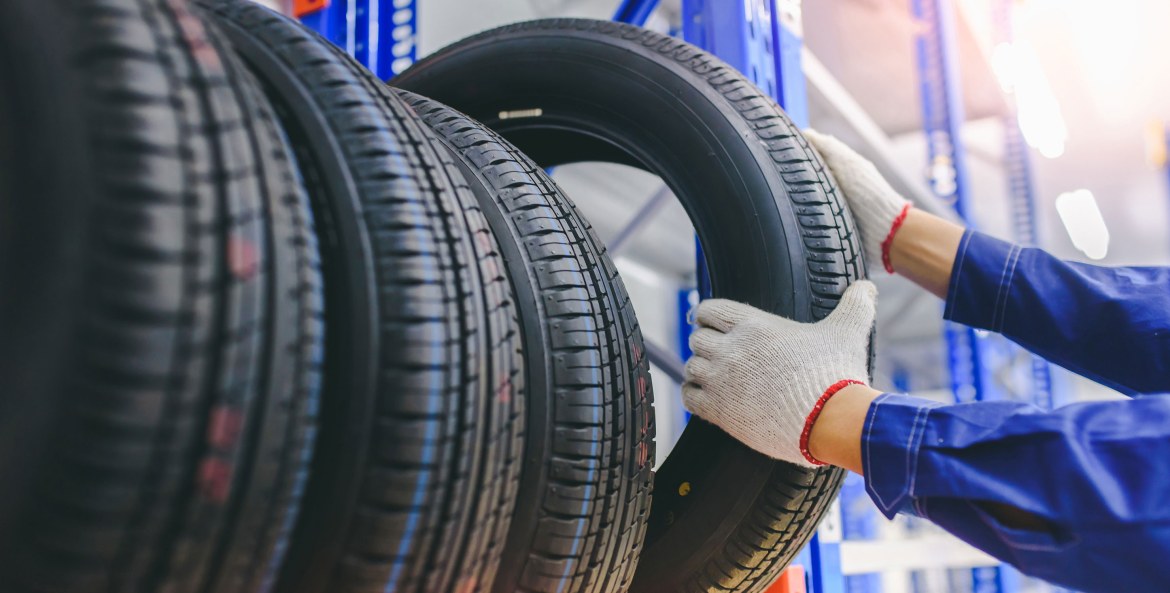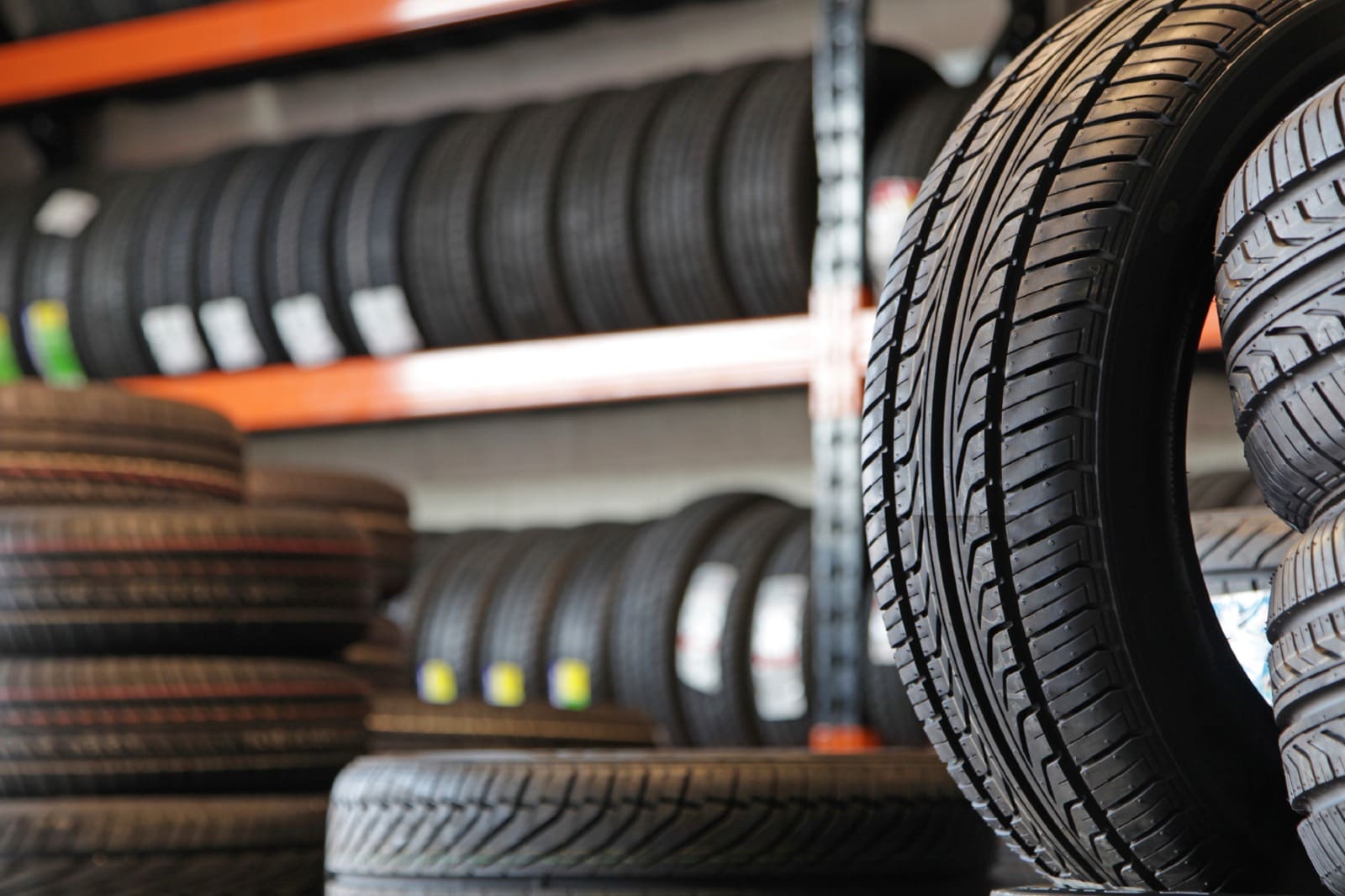All Categories
Featured
Table of Contents
I had the ability to get 100 hours out of one of these tires, and while it had definitely no tire lugs left on it, the soft substance made it function extremely wellas long as I was making use of a soft mousse. Kitt Stringer photo Easy mounting - 3Wear - 3Sidewall toughness - 3Performance on origins - 4Performance on wet rocks - 2Traction on dirt - 5Cornering ability - 4Traction while stopping - 4Self-clearing of dirt and mud - 3Performance in mud - 3Overall predictability or tracking - 3 _ 37 Conclusion: This is a great well-rounded tire with great value for cash.

The wear corresponded and I such as how long it lasted and how constant the feeling was during usage. This would certainly additionally be a good tire for faster races as the lug size and spacing bit in well on quick terrain. Kitt Stringer photo Easy placing - 3Wear - 3Sidewall toughness - 3Performance on roots - 4Performance on damp rocks - 4Traction on dirt - 4Cornering capacity - 4Traction while stopping - 5Self-clearing of dirt and mud - 4Performance in mud - 4Overall predictability or monitoring - 4_42 Conclusion: I liked this tire a great deal.
If I had to get a tire for hard enduro, this would remain in my top selection. Easy installing - 3Wear - 3Sidewall stamina - 3Performance on roots - 4Performance on wet rocks - 3Traction on dust - 4Cornering ability - 3Traction while stopping - 3Self-clearing of dirt and mud - 4Performance in mud - 4Overall predictability or tracking - 3 _ 34 Final thought: This tire was really soft and pliable.
All the gummy tires I examined executed fairly close for the initial 10 hours or so, with the winners mosting likely to the softer tires that had much better grip on rocks (Car tyres). Getting a gummy tire will most definitely give you a solid advantage over a normal soft compound tire, yet you do spend for that benefit with quicker wear
Tyre Safety Near Me – Stirling
This is a perfect tire for springtime and autumn problems where the dirt is soft with some wetness still in it. These tried and tested race tires are wonderful all about, yet wear promptly.
My total champion for a difficult enduro tire. If I had to invest money on a tire for daily training and riding, I would select this set.
Reliable Tyre Tuning Near Me – Balga
I've been running a set of Michelin Power Pilot 2CT's on my track Daytona 675 for the past year. Because time I have done 15 track days in all climates from chilly wet to extremely hot and these tires have never missed out on a beat. Low-cost tyres. I have actually done nearly 2,000 miles (3,200 km) on them and as you can see from this shot of the front taken after very first session of my 15th track day on them, they still have quite a great deal of rubber left on them
Simply put the 2CT is an incredible track day tire. If you're the type of cyclist that is most likely to experience both damp and completely dry conditions and is beginning on course days as I was last year, then I assume you'll be hard pressed to find a better worth for cash and competent tire than the 2CT; a set of which will set you back around 185 (US$ 300) in the UK.
Developing a far better all round road/track tire than the 2CT must have been a difficult job for Michelin. The result of that effort is the Michelin Pilot Power 3 which basically replaces the Pure. Don't puzzle this new tyre with the road going Pilot Roadway 3 which is not designed for track usage (although some riders do).
When the Pilot Power 3 introduced, Michelin advised it as a 50:50% roadway: track tyre. All the cyclist reports that I've reviewed for the tire rate it as a much better tire than the 2CT in all locations yet specifically in the damp.
Affordable Car Tyres Near Me
Technically there are several distinctions between both tires despite the fact that both use a dual compound. Aesthetically you can see that the 2CT has fewer grooves cut right into the tyre however that the grooves run to the edge of the tyre. The Pilot Power 3 has more grooves for far better water dispersal however these grooves don't get to the shoulder of the tire.
One element of the Pilot Power 3 which is different to the 2CT is the brand-new 2CT+ innovation which extends the harder middle section under the softer shoulders (on the rear tire). This ought to offer a lot more stability and lower any type of "wriggle" when accelerating out of corners despite the lighter weight and even more flexible nature of this new tire.

I was slightly suspicious regarding these reduced pressures, it turned out that they were great and the tyres executed really well on track, and the rubber looked better for it at the end of the day. Just as a factor of reference, various other (quick team) cyclists running Metzeler Racetecs were using tire stress around 22-24 psi for the back and 24-27 psi on the front.
Creating a much better all rounded road/track tire than the 2CT need to have been a tough task for Michelin. The outcome of that effort is the Michelin Pilot Power 3 which basically replaces the Pure. Don't perplex this brand-new tire with the roadway going Pilot Roadway 3 which is not made for track usage (although some motorcyclists do).
Tyre Tuning
When the Pilot Power 3 launched, Michelin recommended it as a 50:50% roadway: track tyre. All the cyclist reports that I have actually reviewed for the tire price it as a much better tyre than the 2CT in all locations but especially in the wet.

Technically there are rather a couple of distinctions between both tyres although both make use of a double compound. Visually you can see that the 2CT has less grooves cut into the tire however that the grooves go to the side of the tire. The Pilot Power 3 has more grooves for far better water dispersal but these grooves do not reach the shoulder of the tire.
One aspect of the Pilot Power 3 which is various to the 2CT is the brand-new 2CT+ modern technology which expands the harder middle section under the softer shoulders (on the rear tire). This should offer a lot more stability and reduce any kind of "squirm" when increasing out of edges in spite of the lighter weight and more versatile nature of this brand-new tire.
I was a little dubious about these reduced pressures, it turned out that they were great and the tires performed actually well on track, and the rubber looked far better for it at the end of the day - Tyre balancing. Just as a factor of referral, various other (rapid group) bikers running Metzeler Racetecs were utilizing tire pressures around 22-24 psi for the back and 24-27 psi on the front
Latest Posts
Top Performance Tyres – [:suburb]
Top Tyre Replacement – Noranda WA
Honest Cost-effective Car Tyres